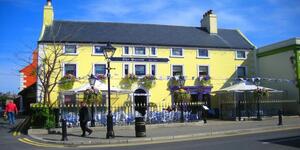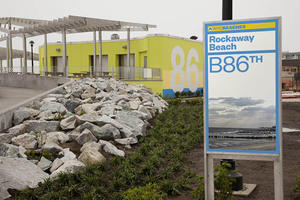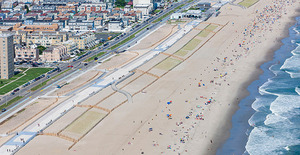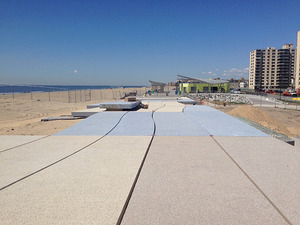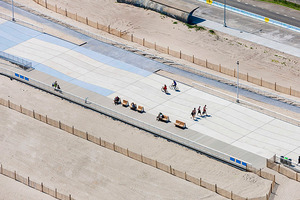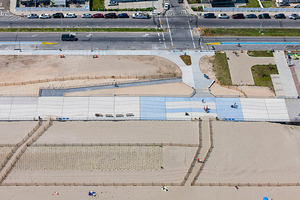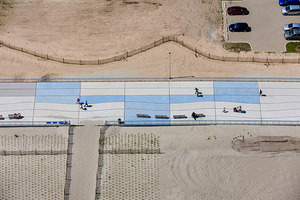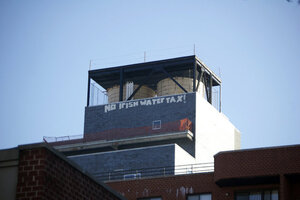From top: The Queens, Dalkey: A view of Sir John Hasler’s house in Dalkey by John Campbell (1757-1829)
The Queens in Dalkey is a pub which will not be opening this week. The pub is laid low with Coronavirus, staff have been made redundant; there is a possible unsightly end in prospect.
The Irish Times raised the possibility that it may be flattened to make apartments. The Queens in Dalkey is older than the Irish Times, so perhaps it is forgivable that it does not know its history.
Less forgivable is that the Queen’s pub does not know its own history. If it did, it would have more than enough reason to cry for its own preservation.
The Queens is Dalkey. More than you might think or know. I know more than most about it, so I’ll share it with you, but sit tight, because it is quite a ride. It involves shipwrecks, white slavery, hidden gold and a lot more besides.
Firstly, the key to this story is lost, missing in a typo. Like all the most important things, you wouldn’t find even if you were looking. That typo is there for all to see on the Queens’ website, under the history section, which reads:
Although The Queens was licensed to dispense alcohol from 1787 ( a date that makes it Dalkey’s and one of Ireland’s oldest inns) the origins of The Queens date back even further to medieval times when Dalkey was the commercial port of Dublin.
The Concert room of The Queen’s Royal Hotel, Dalkey, as it was then known, formed part of the famous “Castle House”, the “hospitable manor” erected by Sir John Mastor, who came to Ireland in the court of the Viceroy, the Duke of Rutland.
This very impressive claim gives a hint as to its history but would be a dead-end if you went to search further. The Castle House was indeed its name, but it was a Sir John Hasler who built this House. This is the story of how he came to do that. However, that story does not start here, it, as many good stories do, has its beginnings in Co. Cork.
On the 11th of November 1758, the HMS Litchfield set sail from Cork Harbour in a convoy of 11 ships, flying British royal navy colours, it was assigned to lead the squadron. Its mission was to transport troops to West Africa.
However, disaster struck after just 16 days at sea. As the crew bedded down, thinking themselves to be 350 miles from the African coast, they found themselves shipwrecked on the Barbary coast (modern day Morocco).
The resulting scenes are too horrific and repugnant to be repeated here. 220 of the 350 crew made it to shore, some women and children included, the others perished over a 3 day period as they tried to make it to safety. Those that did make it to shore were captured, enslaved and escorted to Marrakesh under the invitation of the Moroccan emperor.
You might ask yourself at this point, what this has to do with the Queens pub In Dalkey. Well, you could be quite sure that if that incident did not happen then, the pub that is no longer a pub would not be there in the first place. A Butterfly’s wing causes hurricanes, given enough time.
What happened next in this story, is that a John Hasler, an Englishman, was asked if he would act as secretary to the Governor of Gibraltar, the closest British port, to help resolve the crisis.
Having 220 British subjects enslaved in Morocco was not going down too well in Westminster. The Fleet street papers thought it a national disgrace.
John Hasler was sent into the court of the Moroccan Emperor and managed, to much acclaim, to successfully negotiate the slaves release after 18 months of captivity.
This success brought him some good fortune, but also the friendship of George Townsend, as in the Marquess Townsend, who was in the locale helping protect the Portuguese from the Spanish in the years that followed.
It’s the same George Townsend that became Lord Lieutenant of Ireland in 1767. And who do you think he called up (it was pre-internet, so he had to ring him) to offer a job when moved to Dublin?
Our John Hasler.
And when he came to Ireland, where did he choose to buy?
Only Dalkey. The big shot and saviour of the Moroccan escapade. He was the Matt Damon of the day.
The Dalkey that he met in 1767 had seen better days. Although it had been a medieval port of significance, it had “dwindled to a few miserable fishing huts”.


